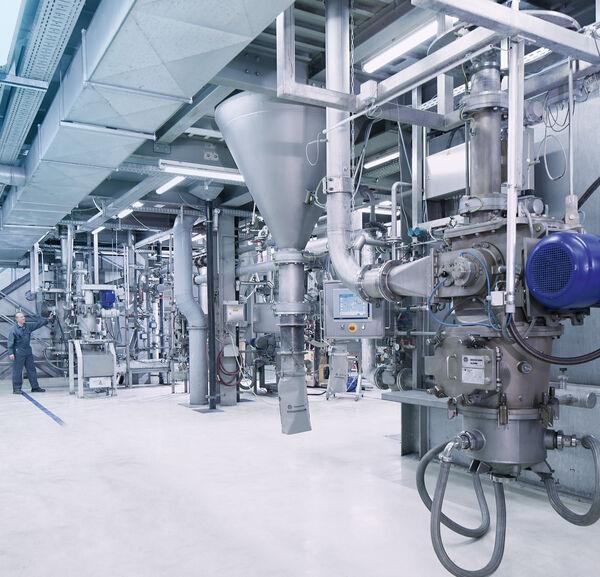
Dla Przetwarzanie form suchych
Części zamienne i naprawy
Rozwiązania na czasie
Serwis zdalny
Kontrola bezpieczeństwa
Więcej informacji
Dla Urządzenia do produkcji folii wydmuchiwanej
Części zamienne i naprawy
Czyszczenie głowica
Remote-Service/eSupport
Więcej informacji






